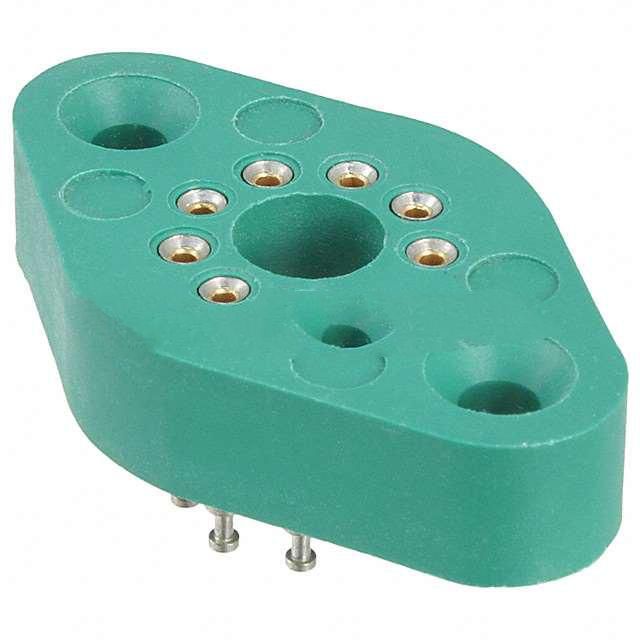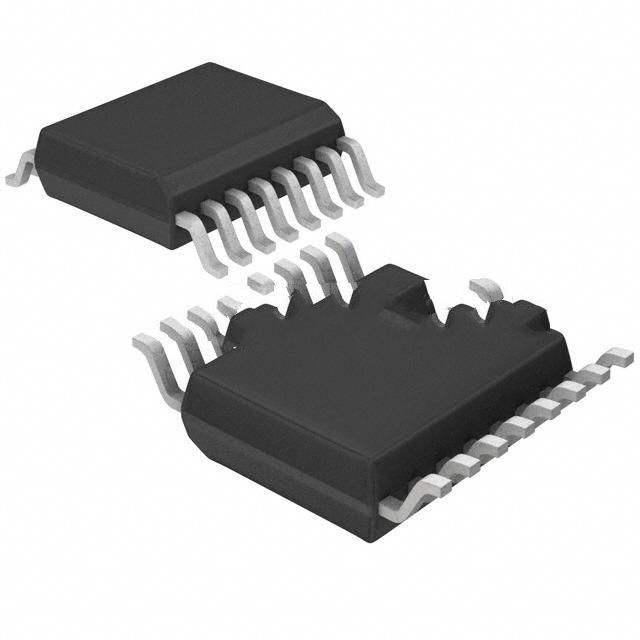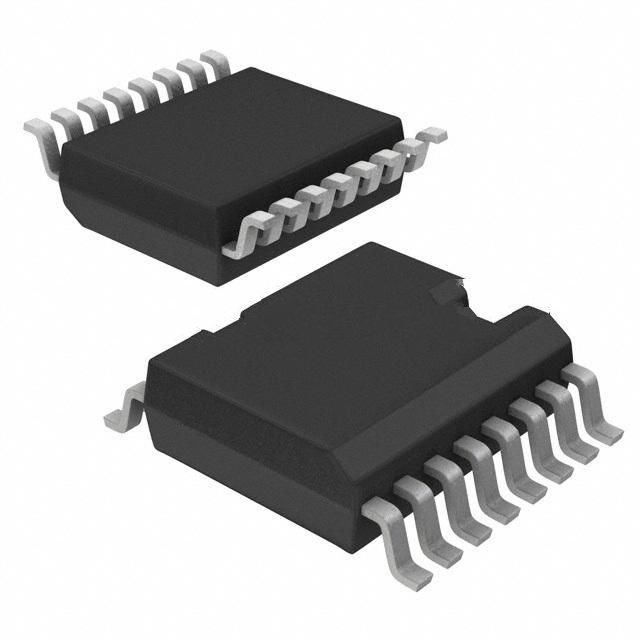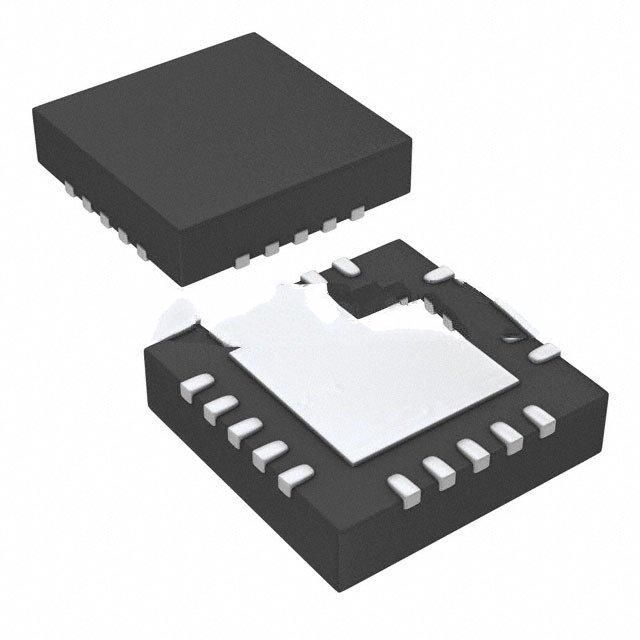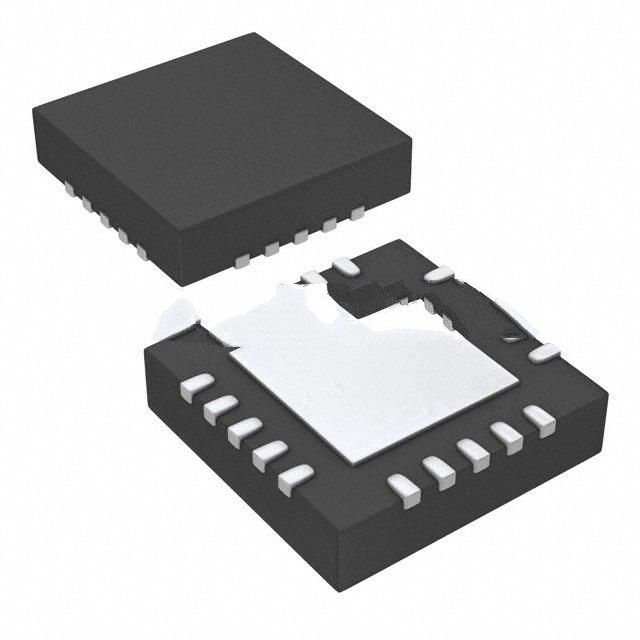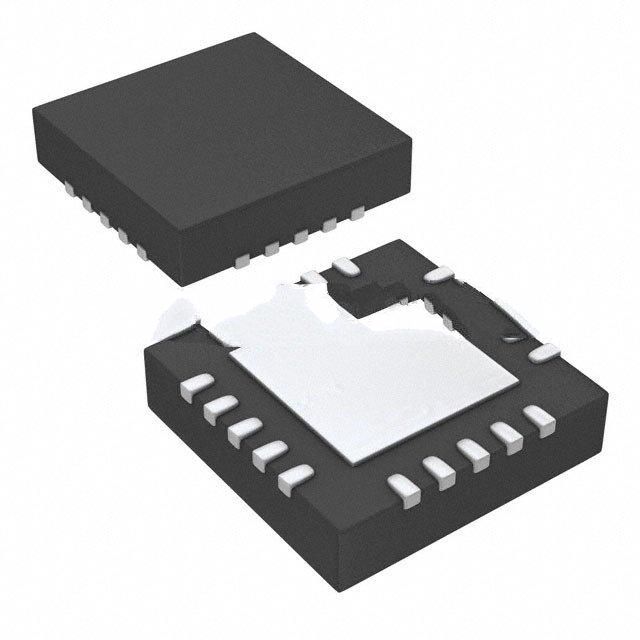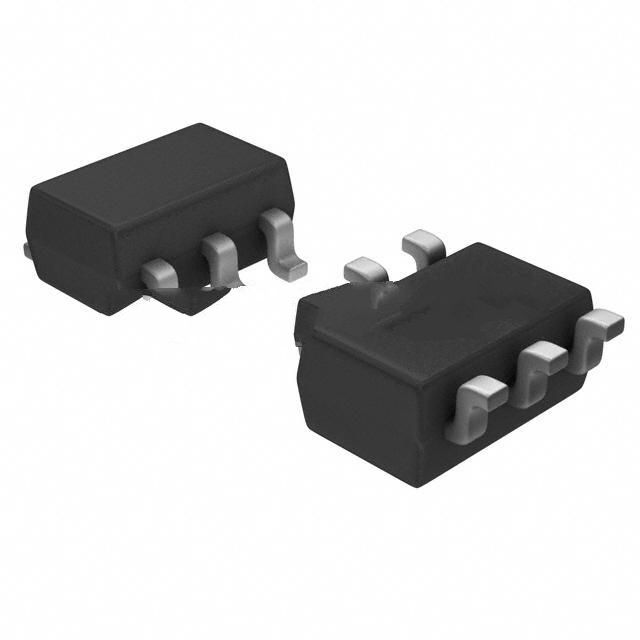Critical electronic components in self-driving cars

Autonomous vehicles (AVs) or self-driving cars are a major technological leap in the automotive industry. Advanced electronic systems and cutting-edge technology guide and control these autonomous vehicles.
The key electronic components of autonomous vehicles cover many aspects, and these components together form the core of the autonomous driving system.
Here are some key electronic components:
sensor:
Radar: Used to detect the position and speed of surrounding objects.
Lidar: Measures distance using laser beams to generate high-resolution maps.
Camera: Used to identify road signs, pedestrians, vehicles, etc.
Ultrasonic sensor: used for obstacle detection at close range.
Processor and computing unit:
Central Processing Unit (CPU): Controls and coordinates the entire system.
Graphics Processing Unit (GPU): Used for image processing and deep learning algorithms.
Special-purpose chips: such as neural network processors (NNP), etc., used to accelerate deep learning calculations.
Global Positioning System (GPS):
Used for global positioning of vehicles to provide high-precision geographical information.
Inertial Measurement Unit (IMU):
It includes an accelerometer and a gyroscope, which are used to measure the acceleration and angular velocity of the vehicle and provide navigation information.
Communication module:
In-Vehicle Communication Module: For inter-vehicle communication and communication with the infrastructure.
Wireless network module: used to connect to cloud services, update software, etc.
Vehicle control unit (ECU):
Control various systems of the vehicle, including engine, brakes, steering, etc.
Electronic Stability Control (ESC):
Monitor the dynamic status of the vehicle through sensors and maintain vehicle stability through the braking system or adjusting engine output.
Human Machine Interface (HMI):
Provide an interactive interface with the driver or passengers to display autonomous driving status, warning information, etc.
Map and location services:
Use high-precision map data, combined with vehicle sensor data, to help vehicles position and plan paths more accurately.

Including firewalls, security protocols, data encryption, etc. to ensure system security and protection capabilities.
These electronic components work together to enable autonomous vehicles to achieve intelligent decision-making and safe driving through perception, calculation and control.
Autonomous vehicles have the potential to transform transportation by combining artificial intelligence (AI), sensor systems, and control mechanisms to provide greater safety, greater mobility, and reduced environmental impact. Let’s explore the nature of self-driving cars and discover the technical components that enable them to operate independently.
Key electronic components for self-driving cars: sensing sensor technology
Sensor technology is critical to self-driving cars, allowing them to accurately sense their surroundings. LiDAR sensors use laser beams to generate detailed 3D maps to identify objects and slight changes in the environment. Radar sensors use radio waves to determine distance, speed and direction, making them suitable for use in bad weather.
The camera system collects visual data to identify objects, road signs and lane markings. Ultrasonic sensors use high-frequency sound waves to identify obstacles and assist with parking.
processing and control systems
To function correctly, artificial intelligence algorithms and data fusion methods combine sensor inputs. High-speed data processing, real-time computing and intelligent decision-making capabilities are critical in these systems.
Connectivity and communication systems
Connectivity and communication systems are critical for autonomous vehicles to exchange data with other vehicles and infrastructure. Vehicle-to-vehicle (V2V) communication enables real-time information sharing and enhanced situational awareness. Vehicle-to-infrastructure (V2I) communications facilitate interaction with traffic management systems, optimizing routes and providing traffic updates.
Cloud connectivity provides access to high-definition maps, real-time traffic data and machine learning models to improve navigation and decision-making.
Actuators and control systems
Actuators and control mechanisms convert processing system decisions into physical actions. Steering actuators provide precise directional control to the vehicle, powered by electric motors and drive systems. Braking and acceleration systems enable safe and efficient movement by responding to processing system control commands.
Battery and power management system
Power management efficiency and robust battery systems are critical for autonomous vehicles. An advanced power management system optimizes energy consumption and ensures efficient operation of electrical components. High-capacity batteries provide the power needed for autonomous driving while balancing performance and range.
Integration and functional concepts of electronic components and environmental awareness
Perception and environmental awareness are an integral part of autonomous vehicles, which rely on various electronic components to ensure safe and efficient autonomous driving.
1. Sensor fusion and object detection
Self-driving cars integrate data from lidar, radar, cameras and ultrasonic sensors. Advanced algorithms analyze this data to identify obstacles, pedestrians and traffic signs.
2. Environmental mapping and positioning
Self-driving cars create detailed maps of their environment and determine their precise location. HD maps provide street-level information, while positioning algorithms use sensor data to determine real-time location.
decision making and control
Electronic components enable self-driving cars to make informed decisions and take clear control actions.
1. Sensor data processing and interpretation
Decision processors and algorithms interpret sensor data to assist with object tracking, behavior prediction, and situational analysis.
2. Path planning and trajectory control
Algorithms take into account traffic conditions and road rules to determine the best routes and routes. The control mechanism performs actions such as adaptive cruise control and steering systems.
Human Machine Interface (HMI)
Human-machine interfaces (HMIs) enable seamless interaction between occupants and autonomous vehicles.
1. Display system and infotainment system
The intuitive display provides real-time information about the vehicle's status and surrounding environment. The infotainment system offers entertainment features and connectivity options.
2. Speech recognition and natural language processing
Voice recognition technology allows occupants to interact with the vehicle using natural language commands, improving convenience and safety.
These integrated electronics ensure that autonomous vehicles sense their environment, make decisions and provide user-friendly interfaces.
Challenges and future developments in electronic components
As autonomous vehicles develop, electronic components must overcome several challenges to ensure their safety and reliability.
These challenges include:
Self-driving car safety and reliability
The safety and reliability of electronic components in autonomous vehicles are critical. These components must be designed to withstand the harsh operating conditions associated with automotive applications, such as extreme temperatures and vibration. Additionally, components must undergo rigorous testing to ensure they will operate reliably for the life of the vehicle.
Improvements in sensor technology
Sensor technology is a key component of autonomous vehicles, and advances in this technology will play a fundamental role in the future of autonomous vehicles. New, more accurate, reliable and cost-effective sensors are being designed to enable autonomous vehicles to operate safer and more efficiently.
Processing power and artificial intelligence algorithms
Self-driving cars require significant processing power to analyze sensor data and make real-time decisions. To keep pace with the increasing sophistication of autonomous vehicles, increased processing power and artificial intelligence algorithms are needed. These advances will enable autonomous vehicles to operate more efficiently and effectively, ultimately improving reliability.
in conclusion
The use of modern technological components in autonomous vehicles has a significant impact on the automotive industry and society. It improves road safety by identifying and responding to incidents faster.
Autonomous vehicles promote mobility and accessibility, assist people with disabilities and maximize urban transportation. The adoption of autonomous electric vehicles can also contribute to a green future by lowering emissions and combating climate change.
edit author:

Jinftry(Hong Kong registered company name: JING FU CAI (HONGKONG) INTERNATIONAL CO., LIMITED) is an electronic parts distributor selling latest electronic components including integrated circuits, IC electronics, IC integrated circuits, IGBT, IGBT modules, button battery Microcontrollers ,discrete te semiconductors, circuit protection, capacitors, resistors, Inductor, potentiometers, transformers, isolators, crystals , oscillators, resonators, power managers, connectors, switches, relays, sensors, optoelectronic devices, diodes, and various batteries. Welcome to purchase electronic components from brand manufacturers. To view the solutions, you can log in to https://www.jinftry.com/ for inquiries

